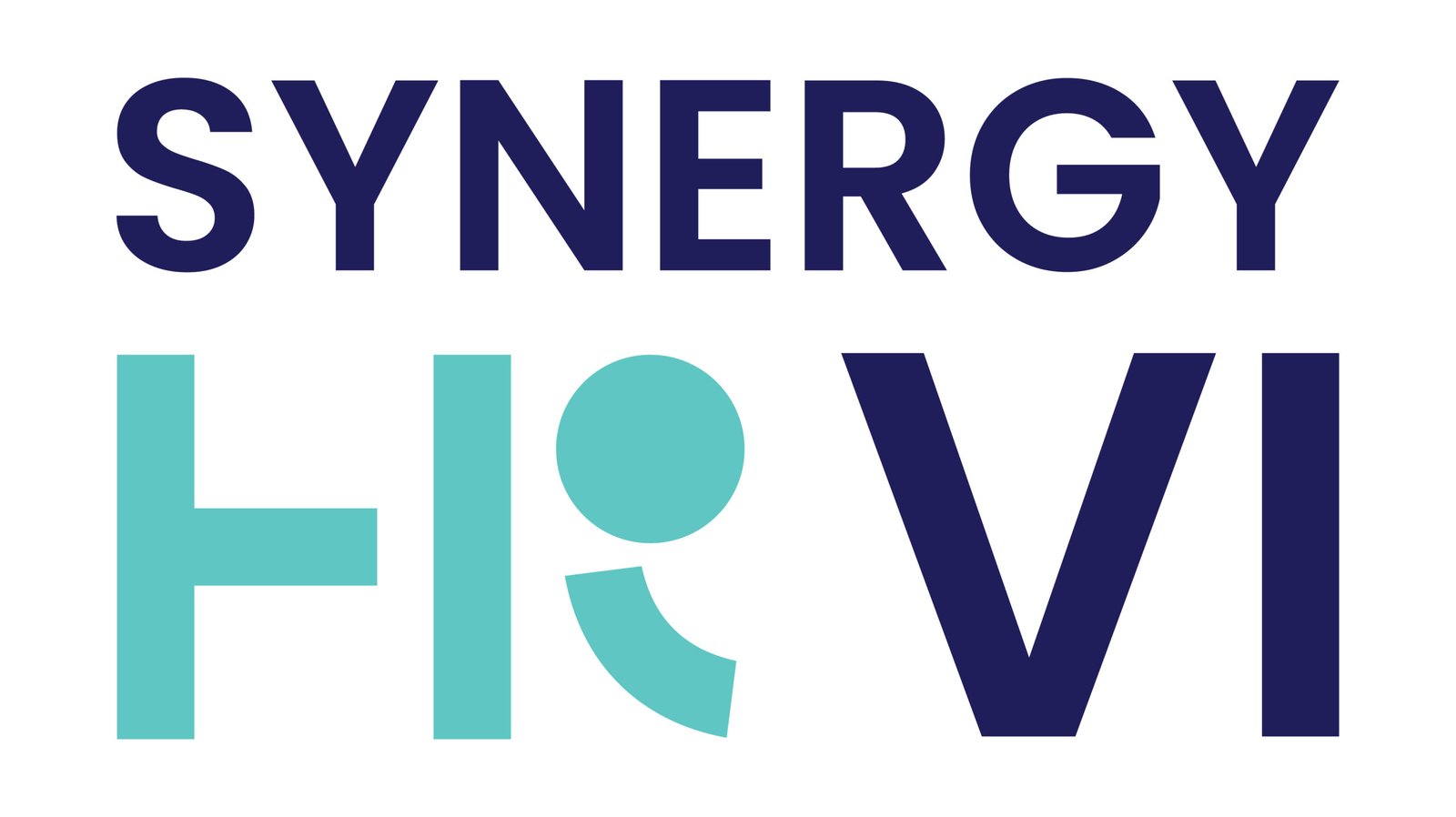The person looking at a resume
In today’s competitive business landscape, talent acquisition is a critical factor in achieving organizational success. Finding and attracting top talent requires a strategic approach that encompasses understanding the needs of the organization, identifying the right candidates, and crafting compelling job descriptions that resonate with high-caliber individuals. This article delves into the intricacies of mastering the art of recruitment and explores proven strategies for finding and attracting top talent.
Understanding the Recruitment Process
The recruitment process involves a series of steps aimed at identifying, attracting, and hiring the most suitable candidates for open positions within an organization. The process typically includes the following stages:
- Identifying Talent Needs: The first step involves conducting a thorough analysis of the organization’s talent needs, considering factors such as current and future skills requirements, organizational growth projections, and the demographics of the existing workforce.
- Developing Job Descriptions: Once the talent needs are clearly defined, detailed and accurate job descriptions should be created. These descriptions should outline the responsibilities, duties, and qualifications required for the position, providing potential candidates with a clear understanding of the role.
- Sourcing Candidates: There are numerous channels for sourcing candidates, including online job boards, professional networking sites, employee referrals, and university recruitment programs. The most effective approach often involves a combination of these channels to reach a wider pool of potential candidates.
- Screening and Shortlisting: Once applications are received, a screening process is conducted to assess candidates’ qualifications and experience against the job requirements. Shortlisted candidates are then invited for further evaluation through interviews or other assessment methods.
- Interviews and Assessments: Interviews provide an opportunity to delve deeper into a candidate’s skills, experience, and motivations. Assessments, such as skills tests or personality profiles, can provide additional insights into a candidate’s suitability for the role.
- Selection and Hiring: Based on the results of the interviews and assessments, the most suitable candidate is selected and offered the position. The hiring process concludes with onboarding the new employee and providing them with the necessary training and support to integrate into the organization.
Proven Strategies for Attracting Top Talent
Attracting top talent requires a proactive and strategic approach that goes beyond simply posting job openings. Here are some proven strategies to attract high-caliber candidates:
- Build a Strong Employer Brand: Cultivate a strong employer brand that reflects the organization’s values, culture, and commitment to employee growth and development. A positive employer brand attracts talented individuals who resonate with the company’s identity and aspirations.
- Craft Compelling Job Descriptions: Create engaging and informative job descriptions that accurately represent the responsibilities, duties, and opportunities associated with the position. Highlight the unique aspects of the role and the organization’s culture to capture the attention of top talent.
- Utilize Multiple Sourcing Channels: Employ a diverse range of sourcing channels to reach a wider pool of potential candidates. Consider online job boards, professional networking sites, employee referrals, university recruitment programs, and industry events to expand the reach of your talent search.
- Leverage Employee Referrals: Encourage employee referrals by offering incentives and recognizing employees who successfully refer qualified candidates. Employee referrals can provide valuable insights into a candidate’s work ethic and cultural fit.
- Streamline the Application Process: Make the application process as user-friendly and efficient as possible to minimize friction for potential candidates. Consider using online application forms or applicant tracking systems to streamline the process and enhance the candidate experience.
- Respond Promptly to Applications: Acknowledge receipt of applications promptly and provide updates to candidates throughout the recruitment process. Timely communication demonstrates respect for candidates’ time and effort and contributes to a positive candidate experience.
- Offer Competitive Compensation and Benefits: Provide competitive compensation packages and attractive benefits to entice top talent. Consider offering flexible work arrangements, healthcare coverage, retirement plans, and professional development opportunities to enhance the overall value proposition for potential employees.
- Create a Positive Candidate Experience: Prioritize creating a positive candidate experience throughout the recruitment process. Provide clear communication, timely feedback, and a welcoming environment to make candidates feel valued and respected.
Conclusion
Mastering the art of recruitment requires a strategic and multifaceted approach that encompasses understanding talent needs, identifying the right candidates, crafting compelling job descriptions, and fostering a positive candidate experience. By implementing proven strategies and staying abreast of evolving recruitment trends, organizations can effectively find and attract top talent, building a workforce that drives innovation and growth.




